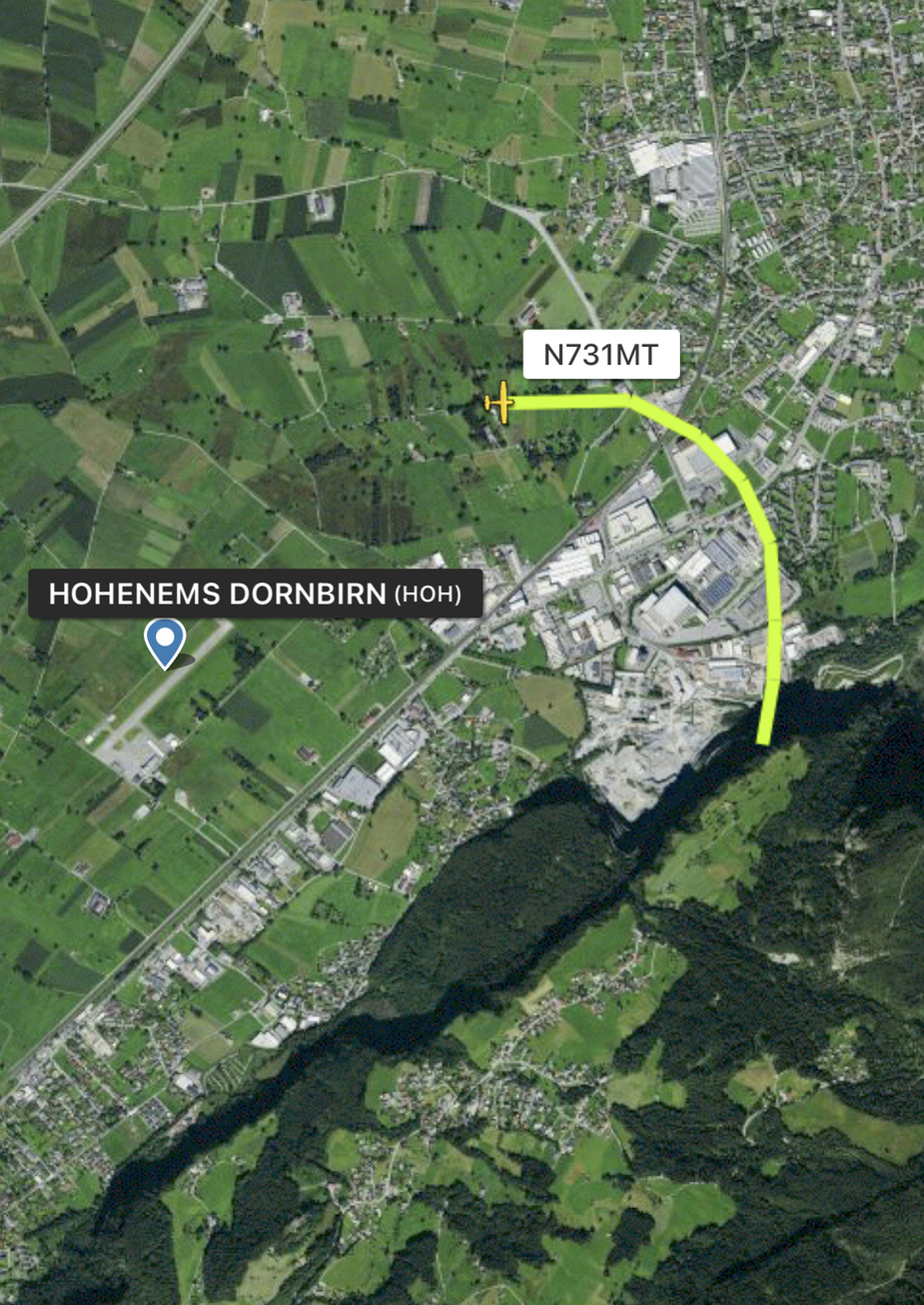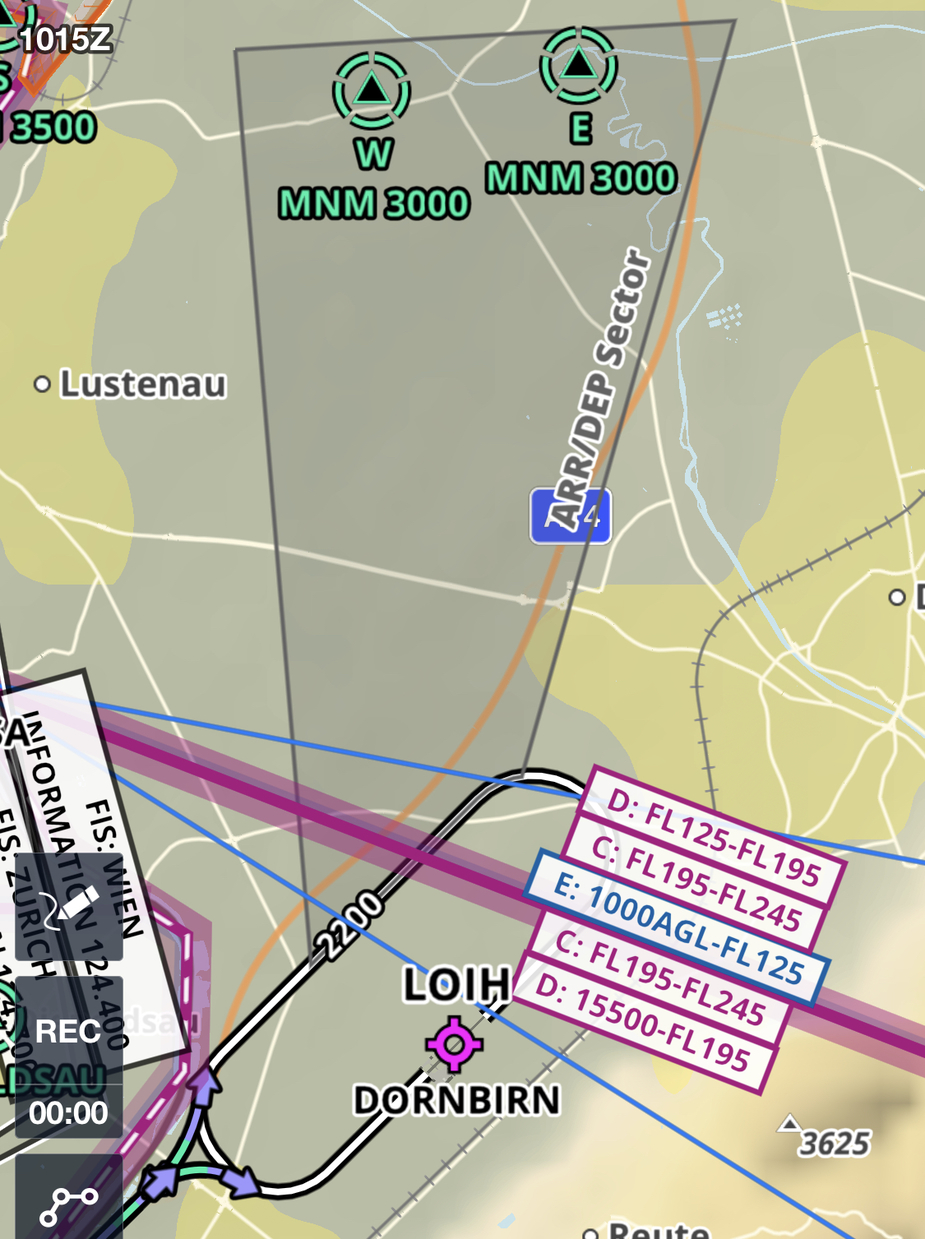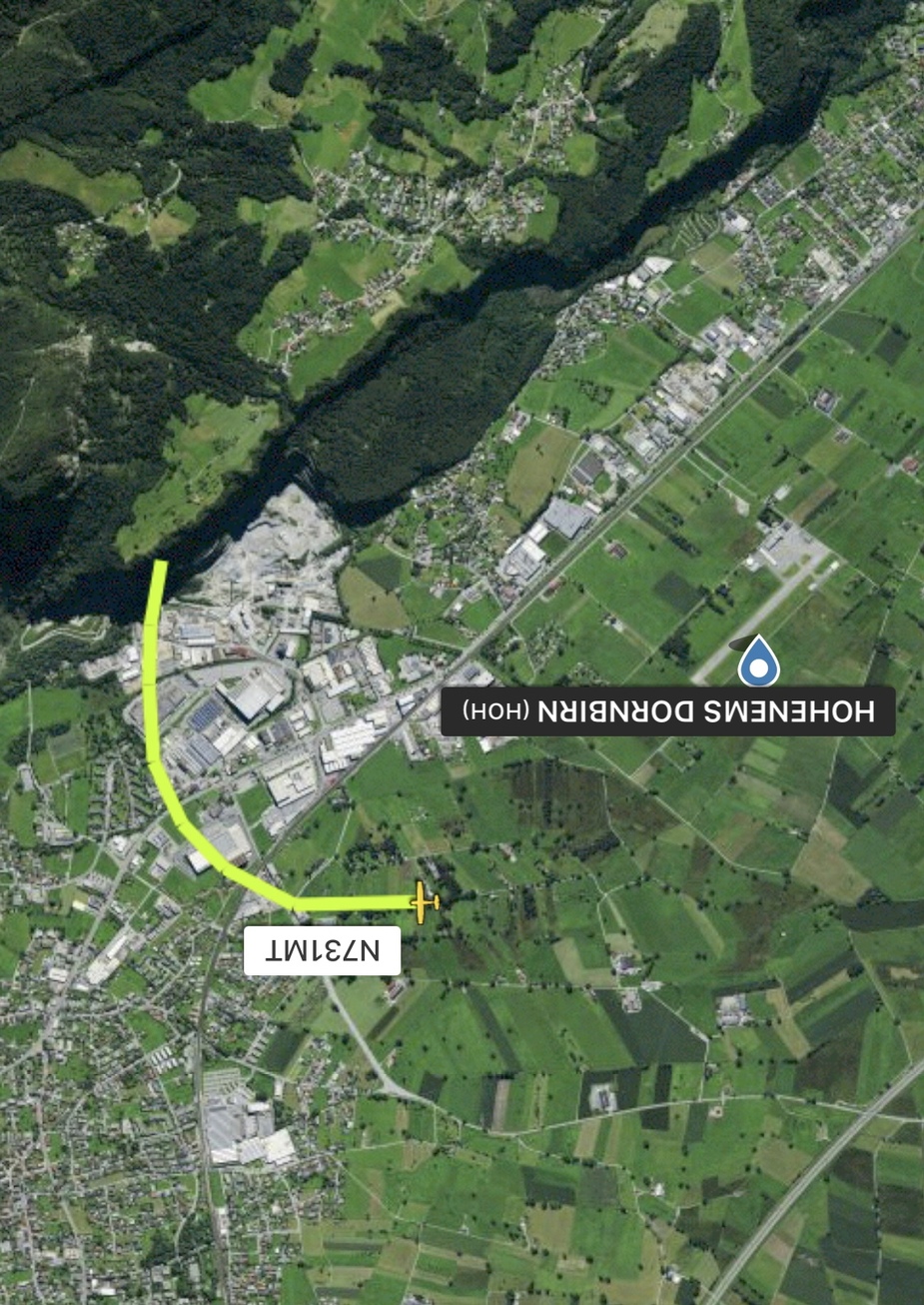If you compare heading flown before the impact and heading that was supposed to be flown for noise abatement should takeoff was commenced from RW23 (rather than actual RW05), you’ll see they are pretty consistent with confusing between runway direction and right-left turn. The last picture is 180 rotated for easier comparison.



cpt_om_sky wrote:
that he did not immediately try (manually) to turn the plane to north (and obviously did not change anything)
indicates that he did not notice the turn (improbable), tried (and failed) to change avionics or was doing something else.
Pure speculation of course, along with most of what is being written here about what happened in the cockpit during this short flight. There are several scenarios that could explain what happened, some more feasible than others. Interesting to speculate but I do wonder how useful it really is to draw any conclusions based on those speculations. Hopefully something concrete will come out of the investigation.
Ibra wrote:
To the horror of many, you could depart VFR in Golf Germany up/down IFR in clouds to the base of CAS
This is technically correct. The problem in Germany is not that you can not legally fly IFR in Golf, the problem is, that
- Airspace Echo (and therefore CAS) starts at least at 2500ft age – at many places even at 1700 ft or 1000 ft agl.
- You obviously need to obey the minimum safe height of 1000ft above the highes obstacle in 8km range
- There is no way to get an IFR clearance for the lowest 500ft of airspace Echo (btw. in full alignment of international law and rules of the air)
Therefore you might theoretically fly IFR in Golf, but this is a hard thing to do cross country and there is no way to vertically change from Golf to Echo and vice versa.
Bear in mind, that for private ops (Part 91 in the US) this kind of departure is perfectly legal and while perhaps not wise, certainly done several times every day.
If there is an ODP (obstacle departure procedure) as part of the IFR approval this would also apply to Part 91 under IFR. If it is a VFR airport then
you need some route to the IFR system, and presumably a clearance by telephone, which is likely to have some restrictions as to maintaining VFR ?
Part 91 operators (now becoming less prevalent in Europe) of turbine equipment with professional crews, would typically have SOPs with minima for VFR airports.
Malibuflyer wrote:
the pilot was a very “thorough checker”.
cpt_om_sky wrote:
as a very experienced local he knew very well that his flight would be very short turning east.
So you are basically telling us that this accident has not happened because it could not possibly have happened to this pilot?!?
Unfortunately, accident reports are full of pilots that have been said to be “very thorough”, “extremely cautious”, “very thoughtful”, … There are some cases where even the best and most cautious pilot just had bad luck. In the majority of cases, however, at the end of the accident investigation many people are surprised that the image the pilot had has been in significant contrast to what he actually did when flying.
no, absolutely not.
i try to analyse (theoretically) a possible situations the pilot has been in.
thorough checking would imply for me, that a possible error in preps of avionics before takeoff is more unlikely.
that turning to the right going out hypothetically 23 seems similar to the course the plane flew, implies that he did also program going out 23
or that this informations had been in the avionics.
to be an experienced local implies, that the moment he noticed that the plane was turning right he knew he was in immediate grave danger.
the then logical question is, why did he not change course ?
you can call (all) this speculation (and it is of course).
my point of view:
as long as hypothesis (and a possible theory) is reasonable, logical and consistant there might be an analytic value of knowledge to it.
(we could understand more about the (complexity of the) situation theoretically without kowing exactly what the final proven facts would be.
for example look at all the legal arguments here).
as has been discussed here before, musst important is to be very clear to distinguish between hypothesis (theory) and proven fact.
(ash on my head)
Malibuflyer wrote:
Therefore you might theoretically fly IFR in Golf, but this is a hard thing to do cross country and there is no way to vertically change from Golf to Echo and vice versa.
That I fully agree it’s not meaningful or practical flying, just pointing it’s possible  (also means you will likely violate few rules down the road if you can’t find 1.5km visibility out of clouds while being above MSA/MDH on cruise/landing at some point, especially if the radio goes off)
(also means you will likely violate few rules down the road if you can’t find 1.5km visibility out of clouds while being above MSA/MDH on cruise/landing at some point, especially if the radio goes off)
Not sure how FIS replies when you say you are in clouds while in Golf in Germany  I know the answer in France & UK (“vous etes en espace non-controlle Mr, ouvrez l’oeil” and “remain outside controlled airspace”)
I know the answer in France & UK (“vous etes en espace non-controlle Mr, ouvrez l’oeil” and “remain outside controlled airspace”)
cpt_om_sky wrote:
to be an experienced local implies, that the moment he noticed that the plane was turning right he knew he was in immediate grave danger.
the then logical question is, why did he not change course ?
That might be a more simple question to answer: Looking at the flight path (in terms of lateral, vertical and speed profile) that is known so far it is extremely unlikely that the pilot realized what is happening before hitting the ground. He most likelyjust didn’t know he was in danger.
cpt_om_sky wrote:
implies that he did also program going out 23
or that this informations had been in the avionics.
That’s actually a core question for me: What would he have programmed in the Garmin so that it commands a right turn?
cpt_om_sky wrote:
that turning to the right going out hypothetically 23 seems similar to the course the plane flew, implies that he did also program going out 23
or that this informations had been in the avionics.
If the altitudes shown at FR24 are correct, it’s very unlikely the autopilot has been engaged so early and low which means he was hand flying stable on pitch and heading.
to be an experienced local implies, that the moment he noticed that the plane was turning right he knew he was in immediate grave danger.
the then logical question is, why did he not change course ?
Because he wasn’t aware he was wrong, he probably didn’t notice anything strange, so no action was taken. I’m so sad because of such avoidable accident but it was most probably CFIT – end of story. I’m pretty sure investigation will show exactly that if they are able to find anything.
cpt_om_sky wrote:
to be an experienced local implies, that the moment he noticed that the plane was turning right he knew he was in immediate grave danger
We don’t know how much the pilot know about these new avionics? what methods he uses to fly & navigate after takeoff into low ceiling (HDG? TRK? GPS?)? hand flying or autopilot? how much IMC currency he had before this flight? how he plans things and what constraints he was complying with (some like to fly circuits, some like to avoid clouds, some like to avoid terrain, some like to avoid noise circles)? and what he watches on his takeoffs & climbs? some like to look out of the window, PFD, MFD, IPAD, GPS, SVT, HDG…also we don’t know if this was his first time? or 1000th time? low ground lover or high cloud lover? round dials or glass cockpits?
In any case, the tragic bit is he just did not see it coming…
I have seen lots of cases where somebody is flying with avionics they don’t understand.
There was an SR22 based at my airfield which was in a syndicate and AFAIK all the members just flew it with an Ipad running SD, and only barely touching the PFD settings, except maybe for the transponder code. Also most SD users I have flown with didn’t really understand how the program is configured.
So this is very possible.
I would not know how to use say a G1000 or a GTN750, and I would not fly with one, unless I went on a course on it.